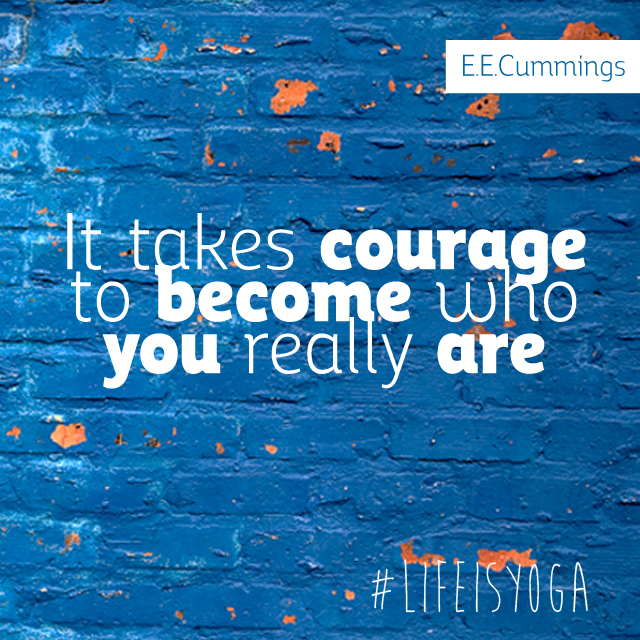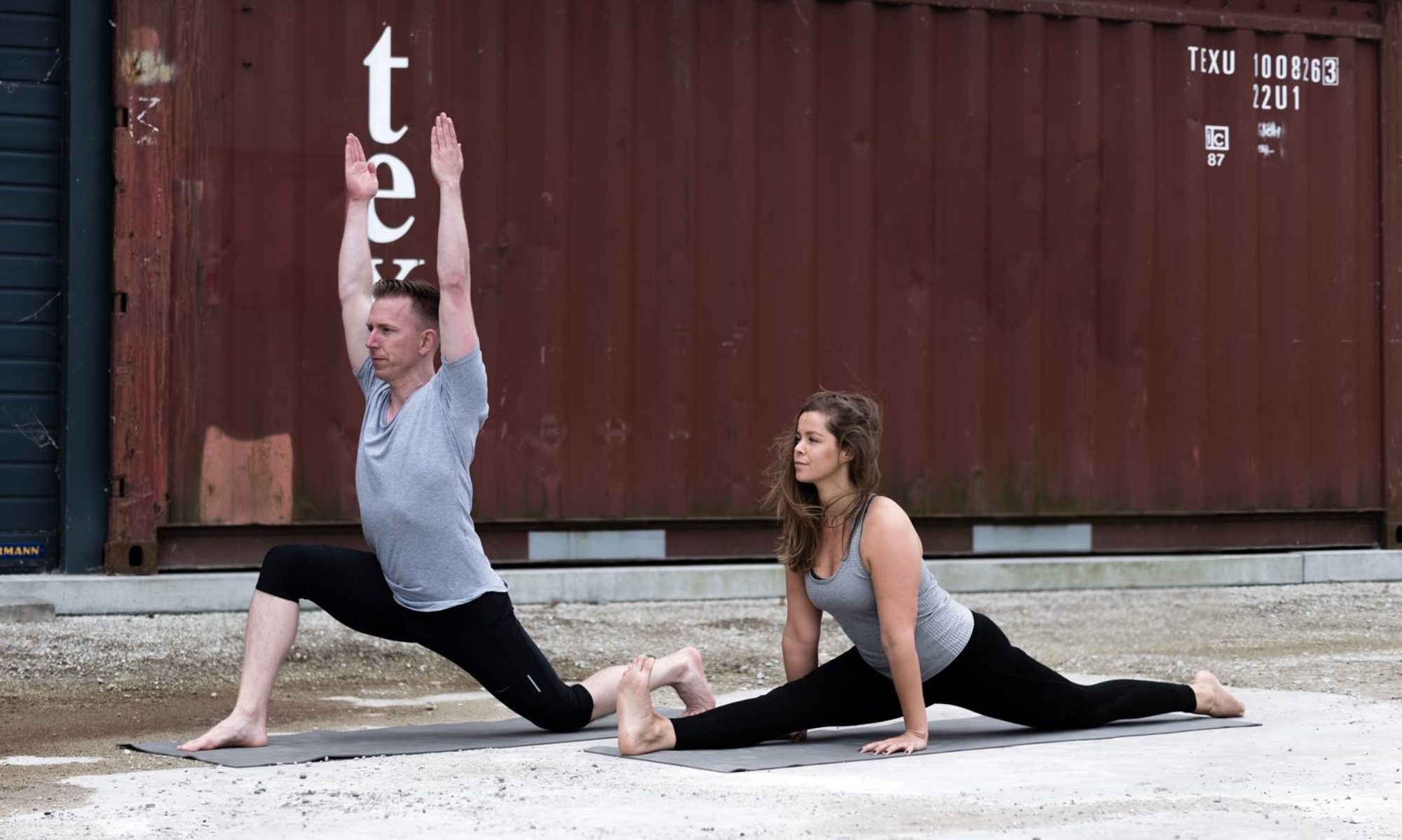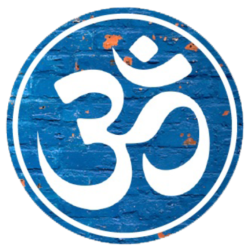
Remorse
Bronnie Ware, an Australian sister, wrote about her patients’revelations during the final stages of their life. These stories were collected in a book: ‘the top 5 remorses of dying’. On the first place was: “I wish that I’d have the courage to a true life. And not living the life others expect from me.” If you would be the writer of your life story, what would you like to look back on? Did you have the courage to life a true life?
Realization
First I’ll take you to the theatre. During a play the theatre makers will tell you a story. Frequently you’ll see the main character go head on with a problem and during the play go through a change. In the end the main character will come to new ideas.
Theatre makers try to do this as lifelike as possible. They’ll show you the story in its essence as true as possible. You could say that you could find Dharana (one focus point, concentration) and Yama (5 vows) here. The question is of course what could you learn from this. Here a few tips from theatre makers. :
1) Dharana
As a theatre maker you show what it is really about. What is the essence of the story that you want to tell? That question is something you could ask yourself too: what is it actually about? Don’t get distracted by other things, but stay true to yourself. Stay true to your story.
2) Yama
Theatre makers also keep their vows, they have a code. It’s the theatre makes job to tell the story the best way they can. Actors on the other hand, sometimes consciously cross those boundaries of the yama’s. This asks a lot of the actor. For instance digging deep down into their own emotions. Everything to tell the story.
Boundaries
Should you cross your boundaries? No, but investigate your boundaries. Ask yourself what ‘non-violence’ means to you. Are you (truly) sincere in your behavior and thoughts or are you feeding your ego? It’s okay to lose it sometimes; you’re discovering. Try to be an true, honest and courageous person.
Right and wrong
Have you noticed that I don’t use the words right and wrong? It’s not about good behavior or acting wrong. As far as I can say it’s about being true.
Practice: During your meditation a lot of thoughts run through your mind. Take a couple of minutes to follow these thoughts. How often do you have not-good/bad thoughts and how often do you have good/well done thoughts?
Do you have a lot of wrong thoughts? Try to postpone your prejudices. It’s just an observation. And all those wrong thoughts you can also turn around be repeating them into good thoughts.
Asana: With this exercise I want you to find the essence. What is it really about in this exercise?. Seated Forward Bend / PASCHIMOTTANASANA: What do you need to deepen the stretch in your hamstrings? Tilt from your pelvis and focus on keeping your spine straight. It isn’t about touching your shin with your nose.
Where do we go wrong? Eighty percent of people are visual learners. This means that they copy what they see another person is doing. Most of the times a yoga teacher is more flexible and can get his/her nose to their shins (while keeping their spine straight). With yoga we would like to emphasize that everyone is different. Skelet and flexibility differ from person to person.
SOURCES:
http://www.yogabasics.com/asana/seated-forward-bend/

